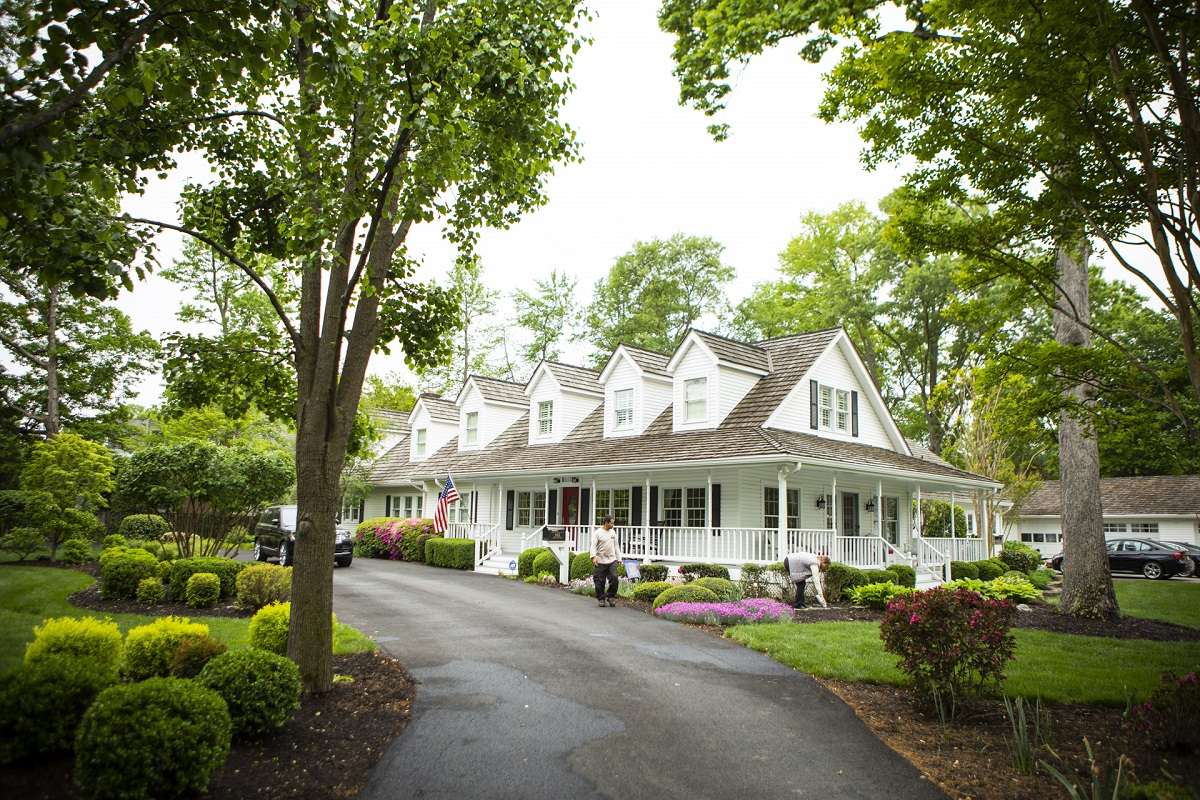

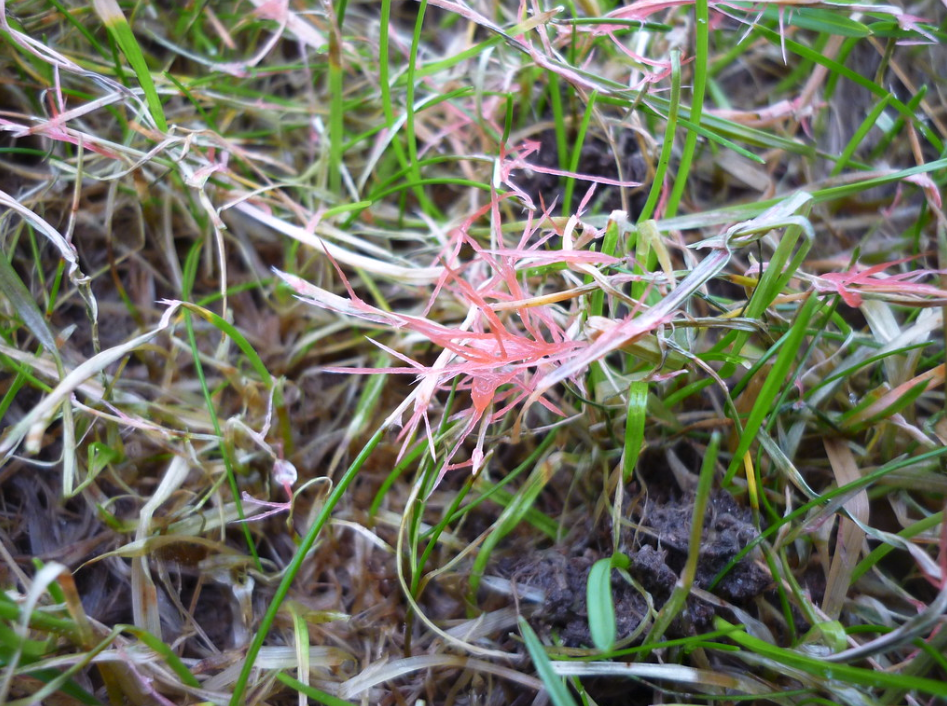
If you’re someone who cares about their lawn, then you want it to continue to look and perform its best. But various lawn diseases often stand in your way of having the best lawn on the block.
Unfortunately, lawn fungus can strike fast. One week your grass can look healthy and strong and the next it can look sick or start turning brown. If your lawn is suddenly struggling, then it just may be that you’re dealing with a lawn fungus.
There can be different lawn fungus types that might be attacking your lawn, some certainly being more aggressive than others. But all of them are unwanted. Whether you already know that you’re dealing with lawn fungus, you’re suspicious you might be, or you’re just looking to see what you can do to prevent it, then we’ve rounded up some helpful information to help you better understand this disease.
The first step to getting your lawn fungus problem under control is identifying the exact type that you’re dealing with. Lawn fungus in Northern VA tends to be one of these three most common types in our region: Red Thread, Dollar Spot, or Brown Patch.
Understanding a bit more about these different types of fungus and looking at lawn fungus pictures might give you a clearer idea of exactly what you’re dealing with.
Let’s take a look at each.
This lawn fungus gets its name for its reddish/pink coloring. It is often among the first lawn diseases of the growing season and is most common in the springtime.
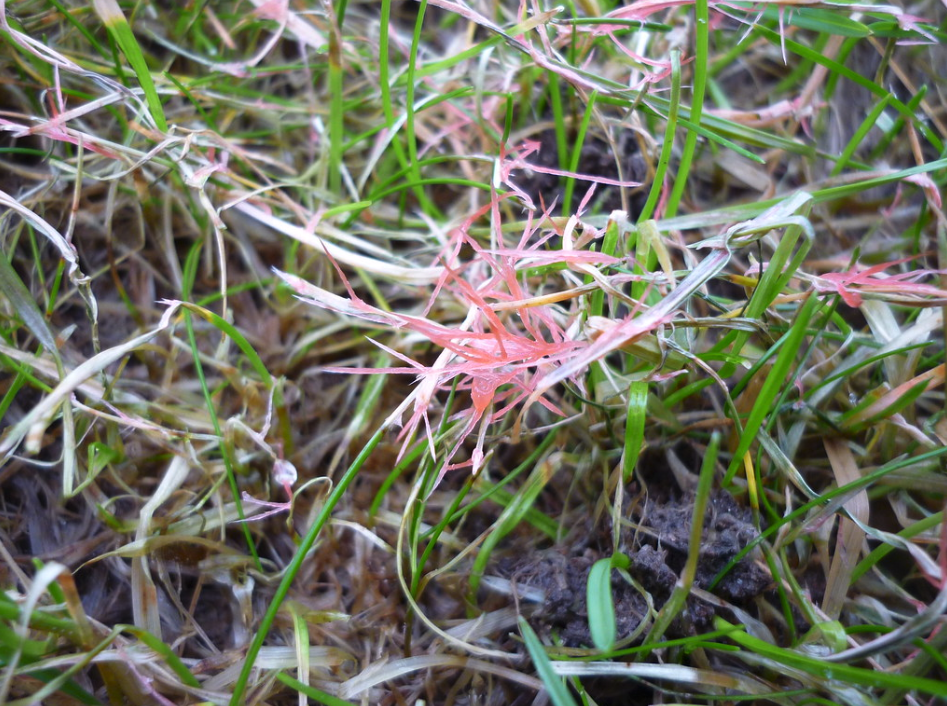
Along with the tell-tale coloring, lawns suffering from Red Thread also have grass blades that appear ragged or dying. The impacted grass areas tend to appear in patches around the lawn.
Dollar Spot lawn disease gets its name due to the greenish/yellowish straw-colored lesions that it causes on leaf blades, which result in small brown areas in the lawn which are about the size of a silver dollar.
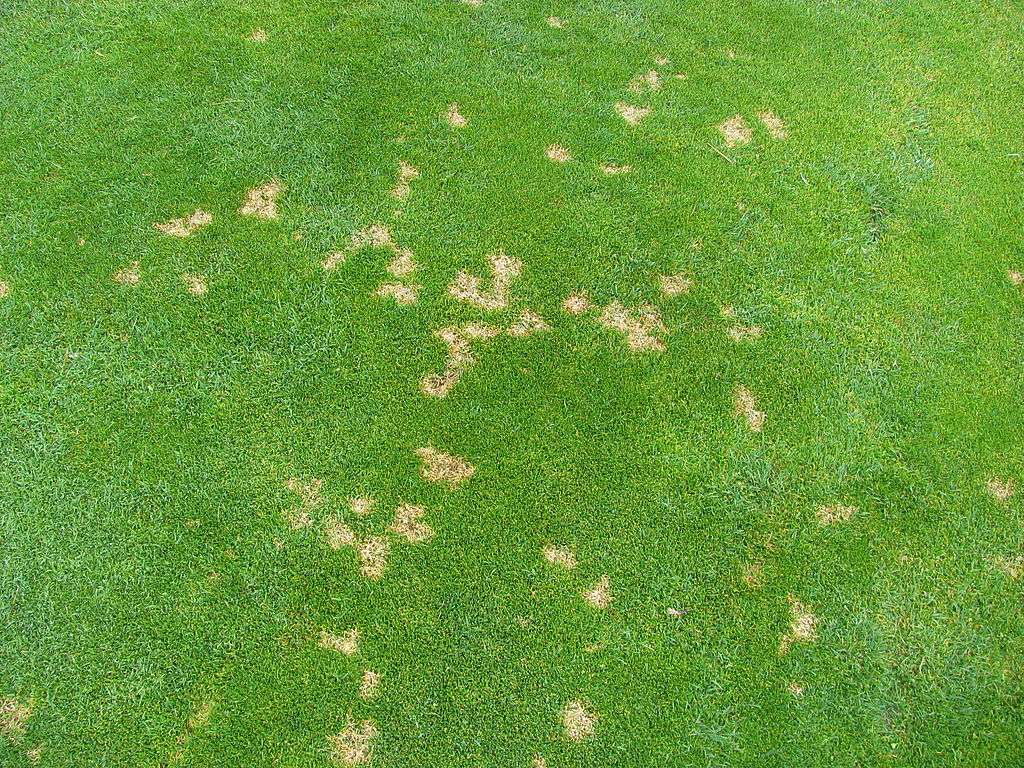
You’ll typically notice a brown border around the “spot.” While these spots can start out small, it doesn’t take long for them to grow and even start running together, producing large areas of dead turf.
Patches of brown grass just may be the result of this moisture-loving grass fungus called Rhizoctonia Solani, or its common name, “Brown Patch.”
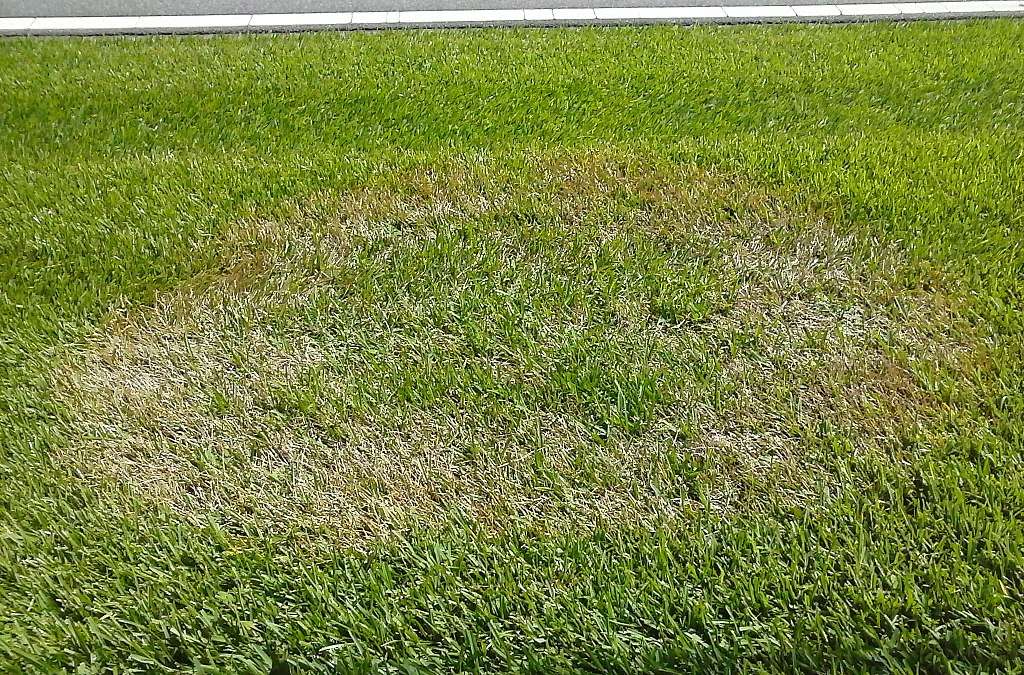
Brown Patch can affect all cool-season grasses but it is especially harmful to perennial ryegrass and tall fescue.
Spotting lawn fungus early on is important. If you are part of a regular and ongoing lawn care program and have a professional lawn care technician visiting your property, they should always be keeping an eye out for the early signs of a problem.
Of course, sometimes, an outbreak occurs in between visits. When this is the case, you should call your lawn care professional so that they can come out and apply a professional treatment in some cases. With an aggressive fungus, it may only be a matter of 24 to 48 hours that a small problem suddenly becomes a large one.
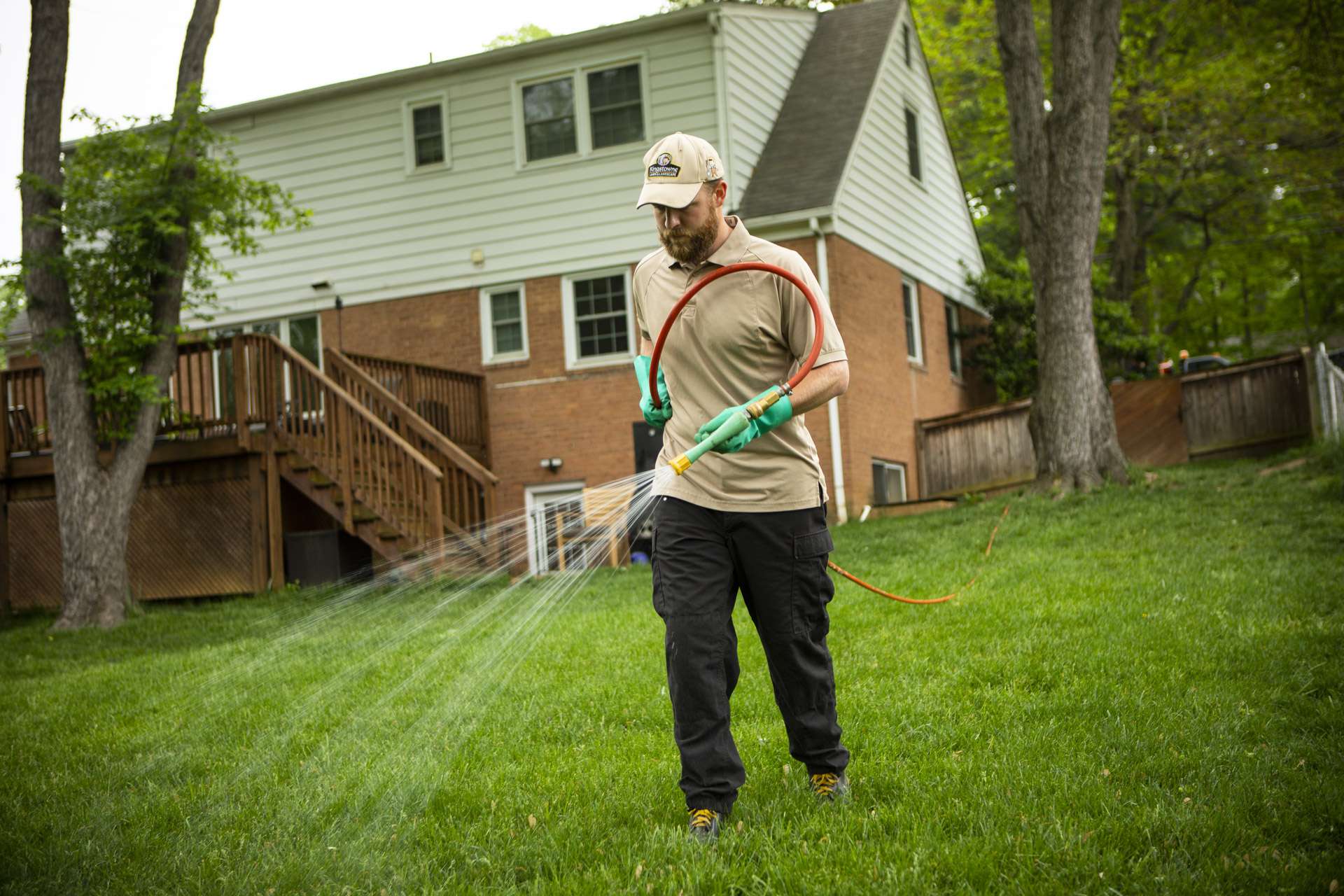
Professional fungicide treatment is a curative solution for a lawn fungus outbreak. However, many homeowners want to know how they can prevent lawn fungus in the first place that way they don’t have to deal with any downtime where their lawn isn’t looking its best.
There are also preventative fungicide treatments that can be applied to reduce the likelihood of fungus occurring at all.
Following certain cultural recommendations can also have a big impact on preventing the likelihood of a fungal outbreak. Unfortunately, the hot and humid weather that is common in Northern Virginia, coupled with evening rain showers, can be like an incubator for growing these unwanted diseases.
But as a homeowner, you can be sure not to contribute even more nighttime moisture by only watering your lawn in the early morning (not at night), giving evaporation ample time to do its work.
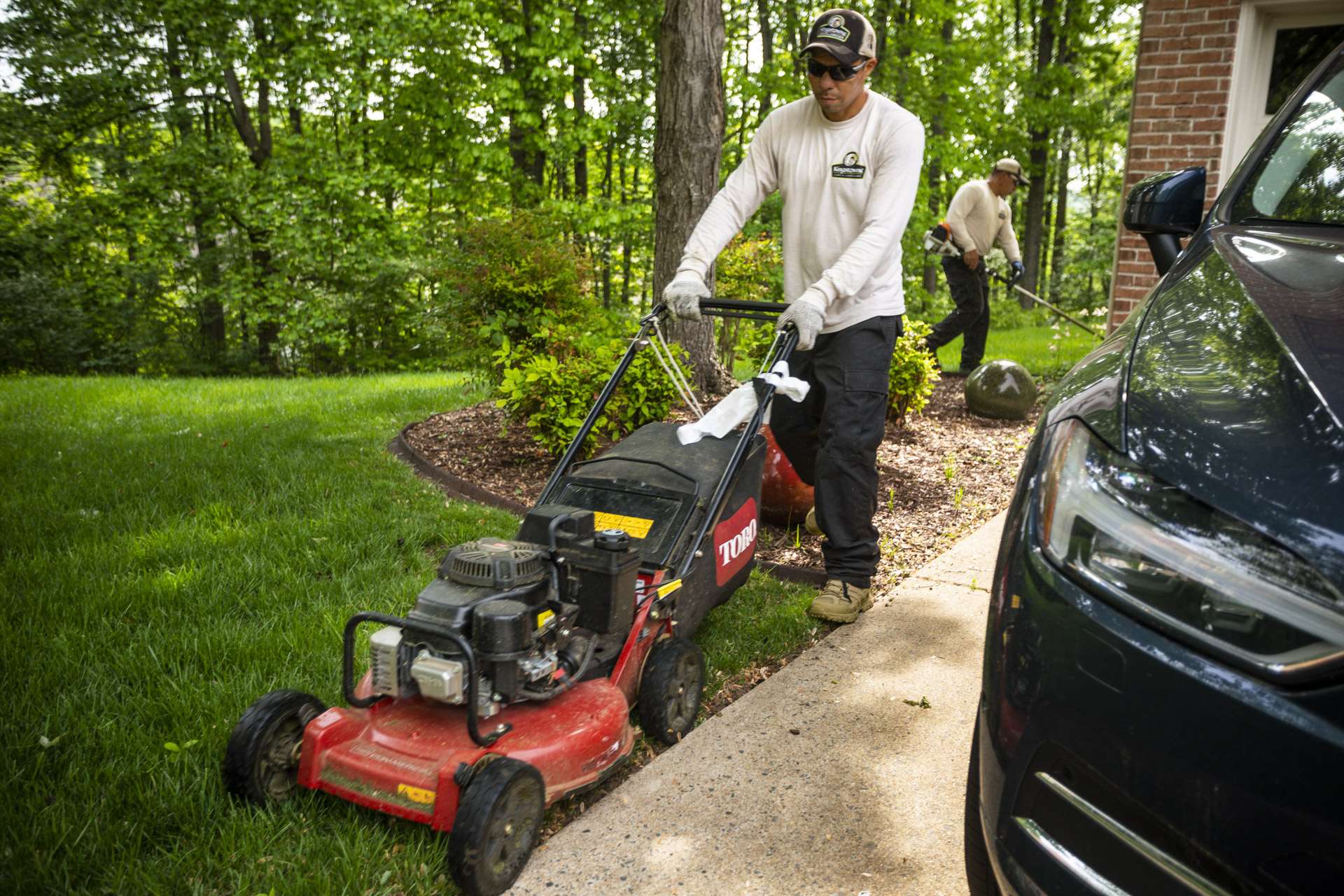
Mowing at the proper height (around 3 to 4 inches in the summer), proper frequency, and with sharp mowing blades are other factors that make a difference. In fact, any steps that you take to promote an overall healthy lawn should help protect it from disease.
The healthier and stronger your lawn is, the better it can ward off problems and even recover from minor turf disease outbreaks. That’s why having an ongoing lawn care program that promotes your lawn’s health can make a big difference.
While lawn disease may try to stand in your way of a great lawn, you don’t have to let it. By being proactive or at least acting quickly at the first sign of a problem, as well as following some of the cultural recommendations, you can ensure that your lawn continues to look and perform its best.
And at Kingstowne, you can count on us to have your back. We’ll keep a close eye on your lawn and ensure that you will know the steps to take at the first sign of trouble. As a result, you don’t have to worry about lawn fungus causing problems.
Don’t let lawn fungus stand in the way of a great-looking lawn—instead, request your quote, choose from 3 lawn care package options, and relax as you get the royal treatment.
Image sources: dollar spot, brown patch, red thread

Since its founding, Krisjan has led Kingstowne Lawn & Landscape with a straightforward philosophy: treat every customer like the “only” customer. His passionate pursuit of excellent customer service has led to 28 successful years and a thriving company with over 85 employees. Since 1997, Kingstowne has helped thousands of homeowners in the Alexandria, Arlington, and Springfield, VA area get what they want - a worry-free property they can be proud of.


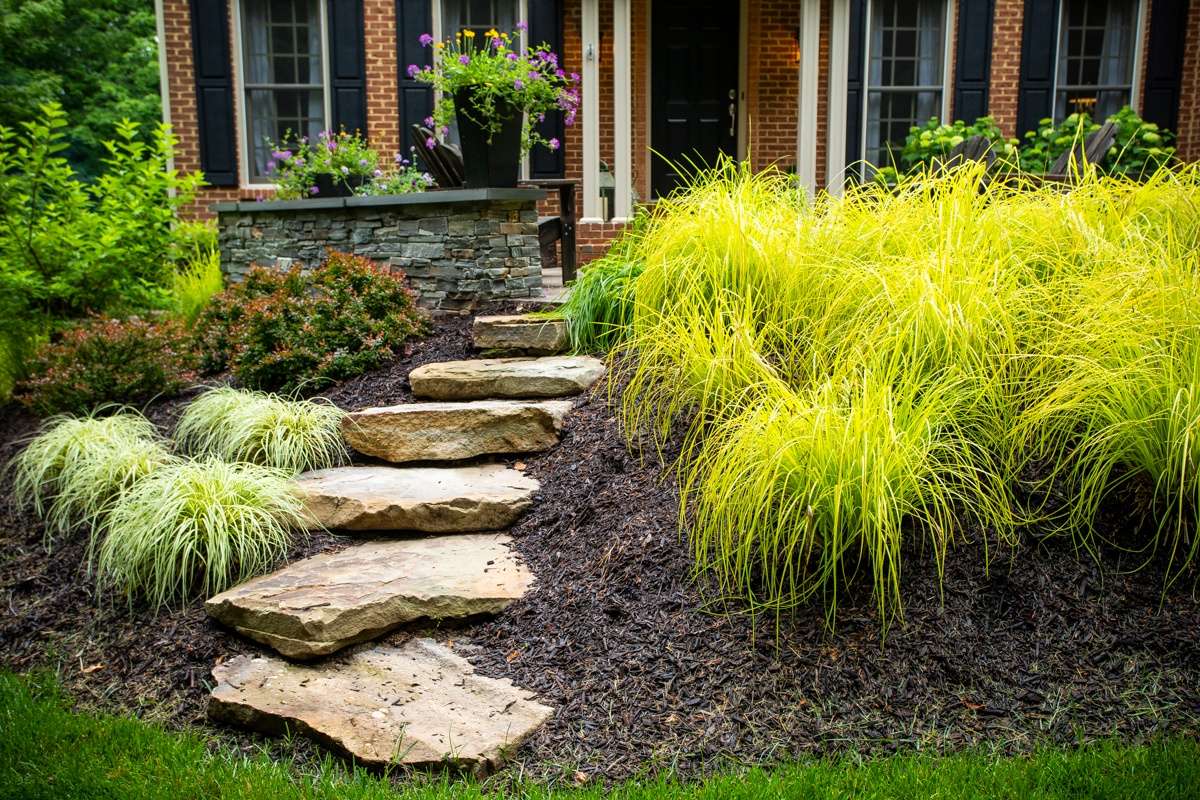

If You're Looking For a Sign, This is It.
Seriously, that lawn isn't getting any better on it's own. Mrs. Jones just called the HOA on you